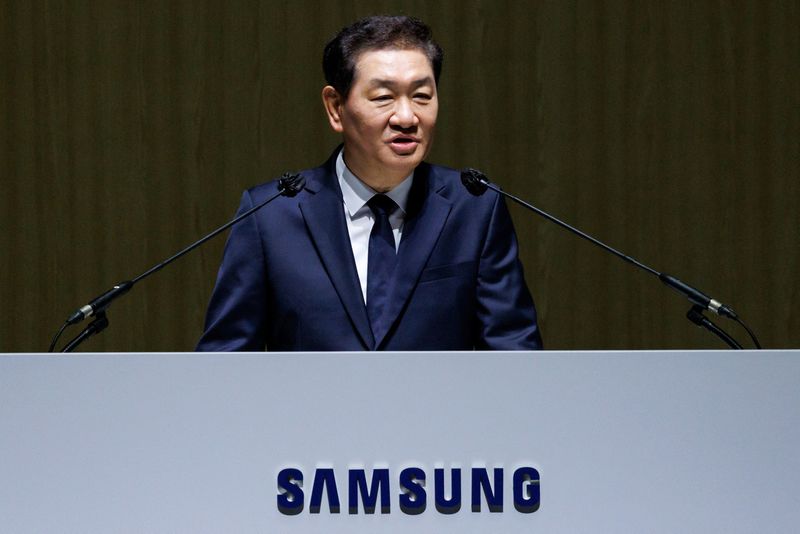Understanding US Work Visa Programs: Key Insights for Foreign Workers
 |
| Explore the complexities of US work visas, including H-1B, H-2A, and H-2B, and their impact on the economy. |
Introduction
The United States offers a range of work visa programs to enable foreign workers to contribute to its economy. With categories like H-1B, H-2A, and H-2B, these visas cater to diverse sectors, from technology to agriculture. As debates over immigration policies intensify, understanding these programs has become essential for employers, workers, and policymakers alike.
Overview of US Work Visa Programs
The US government provides various nonimmigrant visa programs for temporary workers. While the Department of State recognizes 11 categories, the US Citizenship and Immigration Services (USCIS) identifies 22 classifications, including specialized visas for exchange visitors, performers, and professionals.
Popular Visa Categories
-
H-1B Visa
Designed for skilled professionals, the H-1B visa caters to individuals with specialized knowledge or bachelor's degrees. Common professions include software engineers, doctors, and teachers.- Duration: Initial three years, extendable to six years.
- Notable Employers: Predominantly tech companies.
-
H-2A Visa
For temporary agricultural workers, the H-2A visa addresses labor shortages in farming.- Eligibility: Workers from 88 approved countries.
- Key Features: Employers must demonstrate a lack of local labor availability and provide housing and transportation.
-
H-2B Visa
Non-agricultural industries like hospitality, landscaping, and construction rely on H-2B visas.- Eligibility: Workers from 89 approved countries.
- Cap: 66,000 annual visas.
-
O-1 and P Visas
Reserved for individuals with extraordinary abilities, these visas are popular among entertainers, athletes, and researchers.
Application Process and Employer Responsibilities
Employers play a critical role in securing visas for foreign workers. They must file petitions with the US Department of Labor, ensuring compliance with wage and employment standards.
Key Requirements
- Labor Condition Application (LCA): Employers must confirm that foreign workers won’t negatively impact local wage conditions.
- Temporary Labor Certification (TLC): For H-2A and H-2B visas, employers must prove efforts to hire local workers were unsuccessful.
Economic Impact of Work Visas
Temporary work visas are a small yet significant part of the US labor force, representing 0.5% of the total workforce in 2023. They play an essential role in addressing labor shortages in sectors like:
- Technology: H-1B workers fill gaps in STEM fields.
- Agriculture: H-2A workers support labor-intensive crop production.
- Healthcare and Education: Nurses and teachers help alleviate post-pandemic staffing issues.
Controversies and Challenges
Critics argue that some employers exploit visa programs to suppress wages. Research highlights discrepancies in wages offered to H-1B workers compared to their American counterparts.
Future of Work Visa Programs
As industries evolve, the demand for skilled and unskilled foreign workers is expected to rise. Policymakers face the challenge of balancing economic needs with concerns over immigration. Proposed reforms include:
- Enhancing wage standards for H-1B workers.
- Increasing caps for in-demand visas like H-2B.
- Streamlining the application process to reduce employer burdens.
Conclusion
US work visa programs are vital to the nation's economic landscape, supporting industries from agriculture to technology. By addressing labor shortages and enhancing workforce diversity, these programs contribute significantly to economic growth. As debates around immigration continue, understanding the complexities of these visas is essential for stakeholders.



Comments
Post a Comment